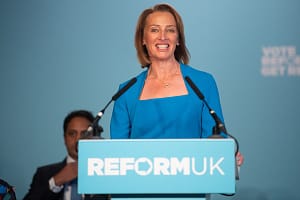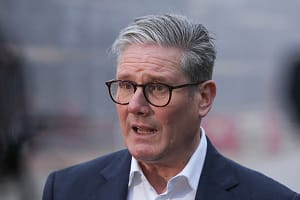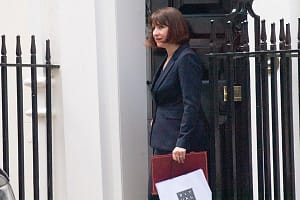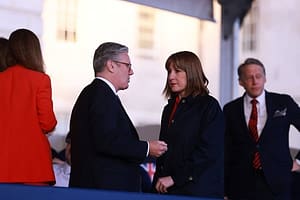Unexpected result leaves Britain in shock
The Conservatives look set to win 318 seats while Labour predicted to get 262.
Theresa May has come and out and promised a ‘period of stability’, but Jeremy Corbyn has urged her to quit
Nick Clegg has lost his seat, but Sir Vince Cable is re-elected as SNP’s Westminster leader loses his seat.
Key highlights:
- The Conservatives have had a woeful General Election, almost the polar opposite of 2015. With almost all the results in, the Tories have lost their overall majority in parliament with Labour making widespread gains. Latest estimates (with 642 of the 650 seats declared) suggest the Conservatives with 318 seats (down 13 from 2015), Labour 262 (+30), LibDems 13 (+5), SNP 35 (-21), others 22.
- A number of well-known faces from across the political spectrum lost their seats. These include the former LibDem leader Nick Clegg, Tory rising star Ben Gummer and senior SNP MPs Alex Salmond and Angus Robertson.
- The SNP have lost 21 seats from the 56 that they won two years ago. This should dampen the chances of a second Scottish independence referendum within the foreseeable future. However it is the Conservatives who will be licking their wounds most. They began the campaign some 20% ahead of Labour (in terms of votes) with talk of a landslide majority, but appear to have ended just 2% in front and with a hung parliament. The one bright spot for the Conservatives was that they captured 12 seats in Scotland from the SNP. Without these extra MPs they would stand close to no hope of forming a government. Just how the Tories’ poor showing happened and who carries the responsibility may well help to shape the next administration.
- As they formed the outgoing government, the Tories will be granted the first attempt to form a government. Here they might be helped by results in Northern Ireland, where Sinn Fein increased its representation to seven seats and the Democratic Unionist Party boosted its total to 10. Sinn Fein does not take up its Westminster seats, which means an effective majority could be scraped together with 322 MPs. Some sort of alliance with the DUP could be feasible. However the effective majority would be small and sensitive to rebellions, the reason why Theresa May called the snap election in the first place.
- One question is whether Mrs May stands down or is challenged from inside her own ranks. We would not rule this out (she is due to speak at 10am this morning). But another Conservative leadership race would surely damage the party and delay the point at which there is a stable Cabinet, just as the UK enters Brexit negotiations with the rest of the EU.
- An argument is to try to hold on until next year, when constituency boundary changes take effect. These are estimated to bolster the Tory presence by a net 25-30. So although there is a case for saying that there will be another election in October this year, we would not be surprised if the party tries to hobble on, at least until 2018. But this of course assumes that the Conservatives manage to form a government in the short-term. Uncertainty reigns.
- The reaction of the currency has been relatively measured. Sterling is currently trading at $1.2730 down two cents from yesterday afternoon and at 88p against the euro (compared with 86.5p). It would seem as though markets are relatively optimistic about the formation of a Tory-led government. If this assessment changes, sterling is vulnerable to a further sell-off. Of course the irony is that the government’s attempt to engineer a long period of stability has achieved precisely the opposite.






Leave a Comment